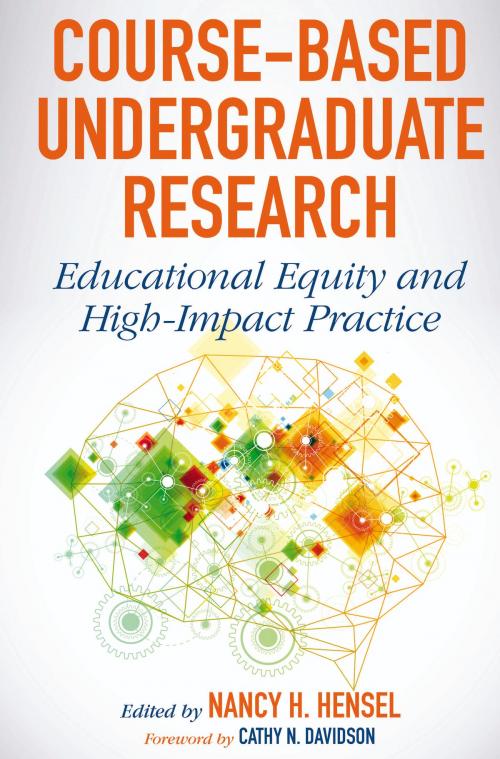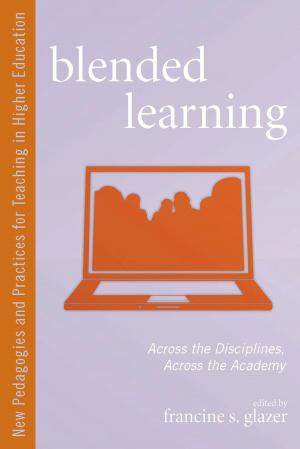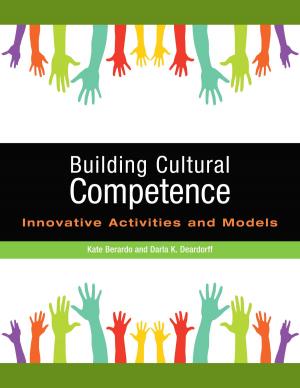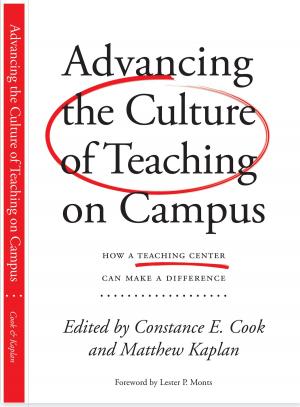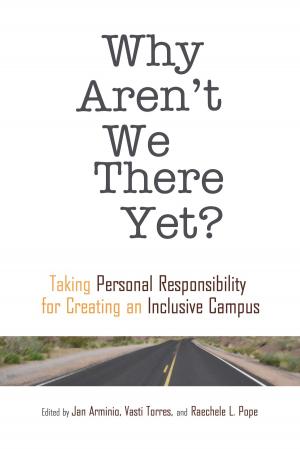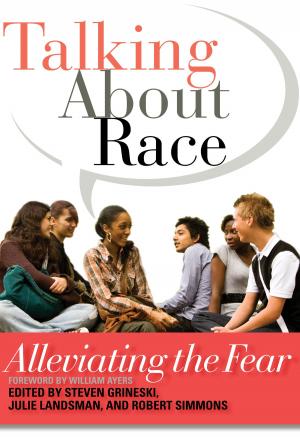Course-Based Undergraduate Research
Educational Equity and High-Impact Practice
Nonfiction, Reference & Language, Education & Teaching, Higher Education| Author: | ISBN: | 9781620367827 | |
| Publisher: | Stylus Publishing | Publication: | August 31, 2018 |
| Imprint: | Stylus Publishing | Language: | English |
| Author: | |
| ISBN: | 9781620367827 |
| Publisher: | Stylus Publishing |
| Publication: | August 31, 2018 |
| Imprint: | Stylus Publishing |
| Language: | English |
Co-published with the Council for Undergraduate Research

Undergraduate research has long been recognized as a high-impact practice (HIP), but has unfortunately been offered only to juniors and seniors, and to very few of them (often in summer programs). This book shows how to engage students in authentic research experiences, built into the design of courses in the first two years, thus making the experience available to a much greater number of students.
Research that is embedded in a course, especially general education courses, addresses the issue of how to expand undergraduate research to all students. Research has shown that students who have early experiences in undergraduate research are more likely to pursue further research prior to and after graduation. This is also an issue of social justice because it makes the benefits of undergraduate research available to students who must work during the academic year and in the summer. It is widely accepted that the skills developed through undergraduate research help prepare students for their future careers.
The book addresses all aspects of the topic, including:
- What are appropriate expectations for research in the first two years;
- How to design appropriate course-based research for first- and second-year students;
- How to mentor a class rather than individual students;
- How students can disseminate the results of their research;
- Possible citizen-science projects appropriate for the first and second years;
- Providing additional resources available to support course-based research in the first two years.
Designed for faculty at four-year and two-year colleges – and including examples from the sciences, the social sciences, and the humanities – the strategies and methods described can be adapted to disciplines not specifically mentioned in the book.
Many faculty are hesitant to engage first and second year students in undergraduate research because they worry students don’t know enough to conduct authentic research in their discipline, because they worry about the time it will take to develop activities for these students, and because they wonder how they can mentor a whole class of students doing research. The authors have successfully dealt with these issues, and provide examples of how it’s done.
Co-published with the Council for Undergraduate Research

Undergraduate research has long been recognized as a high-impact practice (HIP), but has unfortunately been offered only to juniors and seniors, and to very few of them (often in summer programs). This book shows how to engage students in authentic research experiences, built into the design of courses in the first two years, thus making the experience available to a much greater number of students.
Research that is embedded in a course, especially general education courses, addresses the issue of how to expand undergraduate research to all students. Research has shown that students who have early experiences in undergraduate research are more likely to pursue further research prior to and after graduation. This is also an issue of social justice because it makes the benefits of undergraduate research available to students who must work during the academic year and in the summer. It is widely accepted that the skills developed through undergraduate research help prepare students for their future careers.
The book addresses all aspects of the topic, including:
- What are appropriate expectations for research in the first two years;
- How to design appropriate course-based research for first- and second-year students;
- How to mentor a class rather than individual students;
- How students can disseminate the results of their research;
- Possible citizen-science projects appropriate for the first and second years;
- Providing additional resources available to support course-based research in the first two years.
Designed for faculty at four-year and two-year colleges – and including examples from the sciences, the social sciences, and the humanities – the strategies and methods described can be adapted to disciplines not specifically mentioned in the book.
Many faculty are hesitant to engage first and second year students in undergraduate research because they worry students don’t know enough to conduct authentic research in their discipline, because they worry about the time it will take to develop activities for these students, and because they wonder how they can mentor a whole class of students doing research. The authors have successfully dealt with these issues, and provide examples of how it’s done.
